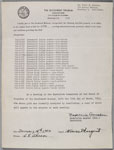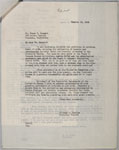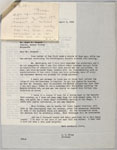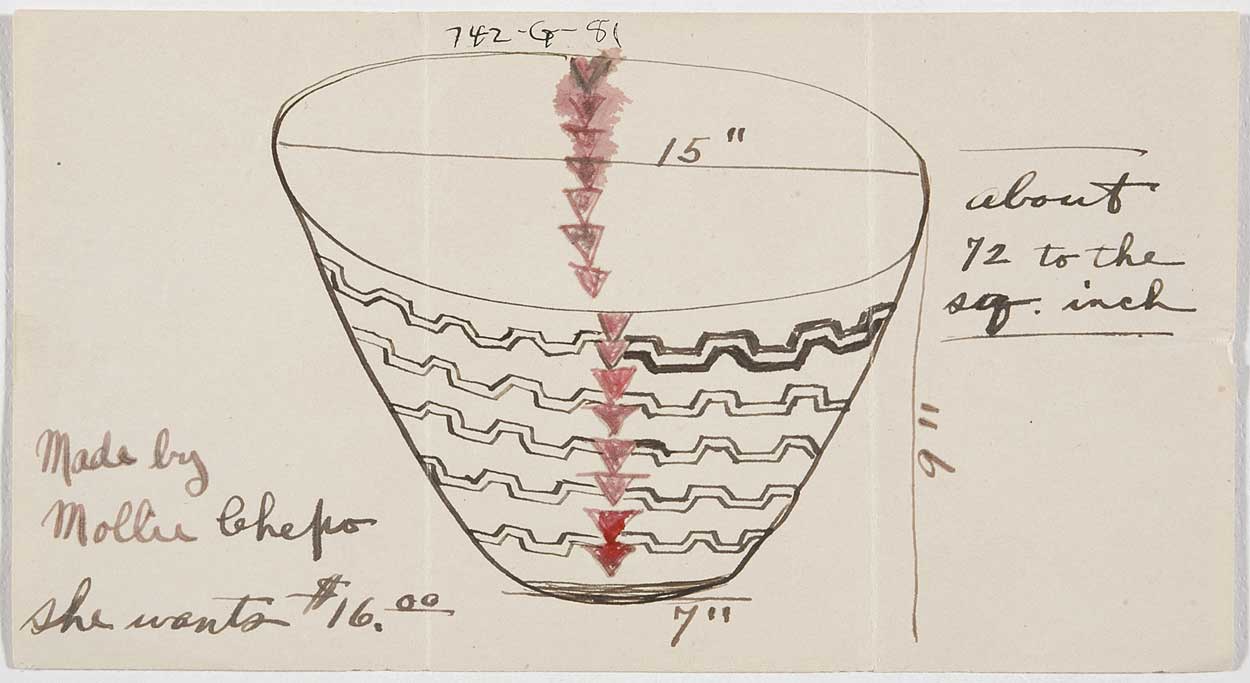undated, Sargent correspondence file









Click an image to view it in the Image Organizer, or click here to view all 84.
- Term
Mr. Homer E. Sargent
- Alternate Term
Sargent, Mr. Homer E.
- Geography
Chicago, Illinois
- Remarks
Homer Earle Sargent, Jr. was born in Chicago, Illinois on March 31, 1875. His father, Homer Earl Sr. was connected with the Boston & Albany, Michigan Central and Northern Pacific railroads, and at one time president of the Fargo & Southern Railway and acquired extensive wealth during development of the United States railroad system in 1900s. In 1896 Homer Earl Jr. acquired a bachelor degree in philosophy from Yale University; and, in 1898, he received a bachelor degree in science from Massachusetts Institute of Technology. He worked as an electrical engineer consultant. Around 1904, he married Helen White. In September 1904, Sargent meet James Alexander Teit (1864-1922), anthropologist and photographer, who was on that occasion Sargent's guide on a sheep-hunting expedition to the Cariboo, British Columbia, Canada. During this trip Sargent learned much about Teit's ethnographic work for Franz Boas (1858-1942), the father of American Anthropology, and in March 1907 he offered to financially support the research. With this support, Teit undertook field research in 1908 and again in the spring of 1909 in Washington State, Idaho, and Montana among the Salishan- and Sahaptin-speaking peoples. Sargent, an avid collector of Native American artifacts, was particularly interested in basketry and requested that some of his funds be used for acquisition of baskets. In response, Teit began in 1909 to assemble a large collection of baskets from British Columbia, which he, at Sargent's request, deposited in 1910 and 1911 at the Field Museum of Natural History in Chicago, Illinois. Sargent continued to finance Teit’s field research liberally until Teit's death in 1922. In 1917 Sargent and his wife moved to Pasadena, California. Through his lifetime, Sargent was an active member of various American anthropological and folklore associations, and during the time in Pasadena he becomes member of the Southwest Museum. Although most of the Sargent’s extensive collection of the Native American artifacts and material went to the Field Museum in Chicago, he also donated in 1937, 1938 and 1945, Native American baskets and other ethnographical material to the Southwest Museum. Homer Earle Sargent died in Pasadena, California, on November 15, 1957.
